TechRadar Verdict
The OM-5 II has been criticized for offering few improvements over its predecessor, but I think that’s missing the point. If a camera does a great job at a great price, why hike the specs and change everything? After all, where else can you get a fast and responsive travel camera with an EVF, weather sealing, excellent IBIS, and such a wide range of compact, affordable, high-quality lenses? The OM 12-45mm f/4 kit lens is superb, the computational features are useful, and the ergonomics are superb for such a compact camera. Bravo, OM System!
Pros
- +
Compact size and ergonomics
- +
Excellent image stabilization
- +
Great choice of lenses
- +
Weather sealing
- +
Value for money
Cons
- -
Basic 4K video
- -
May be too small for some
- -
Modest update over the Mark I
Why you can trust TechRadar
OM System OM-5 II: two-minute review
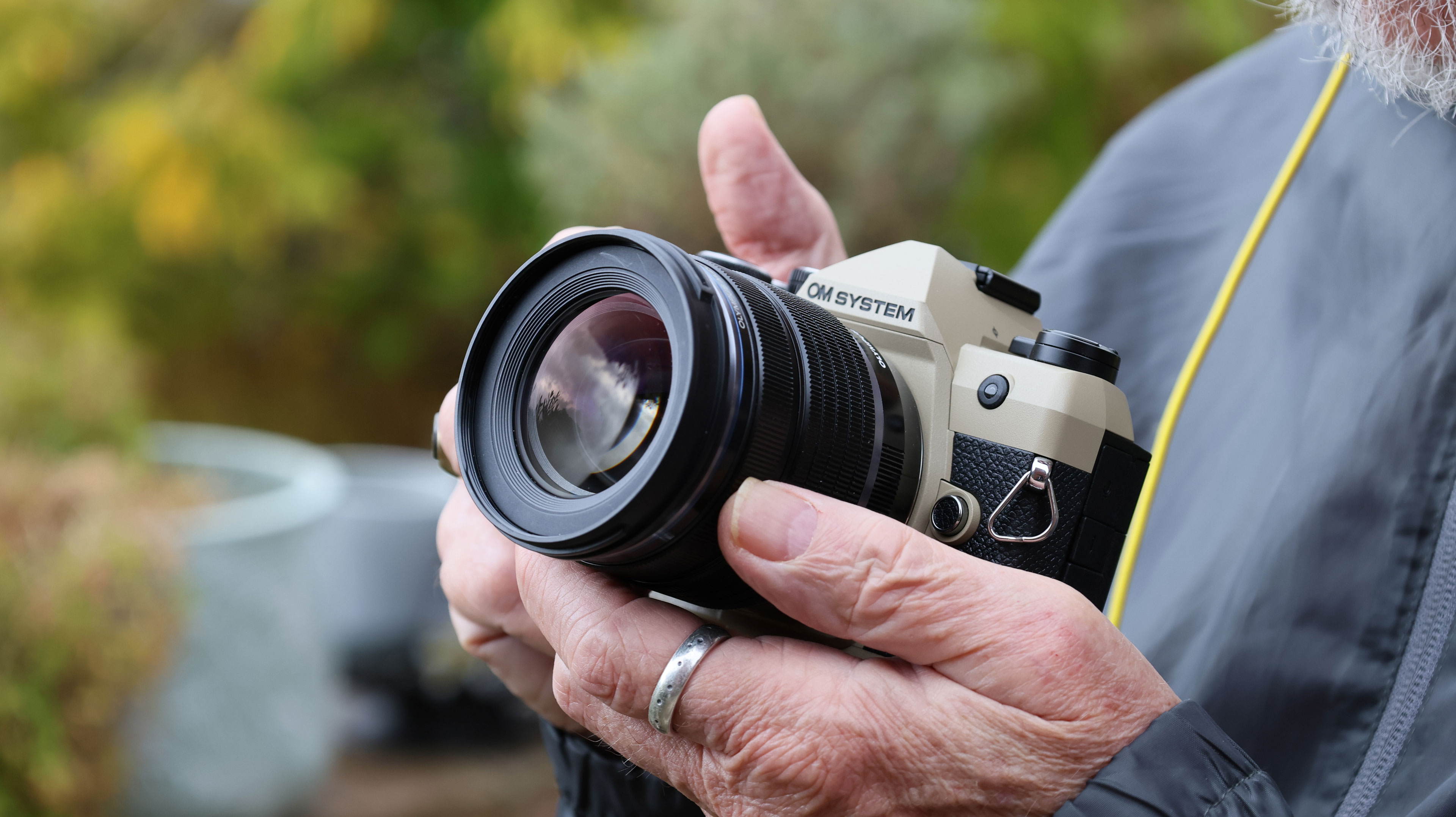
What the OM System OM-5 II lacks in sensor and video specifications it makes up for with photographic features. If you want to go full-frame, or get a more powerful APS-C hybrid, then go for it; if you need these things, you need them. But if what you need is a small, affordable and supremely versatile camera that can follow you anywhere, then this is it.
What do you want to shoot? Landscapes? Nature? If you’re okay with 20MP, then the OM-5 II will do perfectly, thanks to its lightweight, hike-friendly size, weather sealing and rock-steady IBIS. Will you need to use any ND filters? The camera’s in-built Live ND can give you up to four stops longer exposures – perhaps not always enough, but it helps.
If you're into nature photography, and particularly macro work, you can use the in-built focus-stacking mode to keep your whole subject sharp, or focus bracketing if you want to merge the frames later in software.
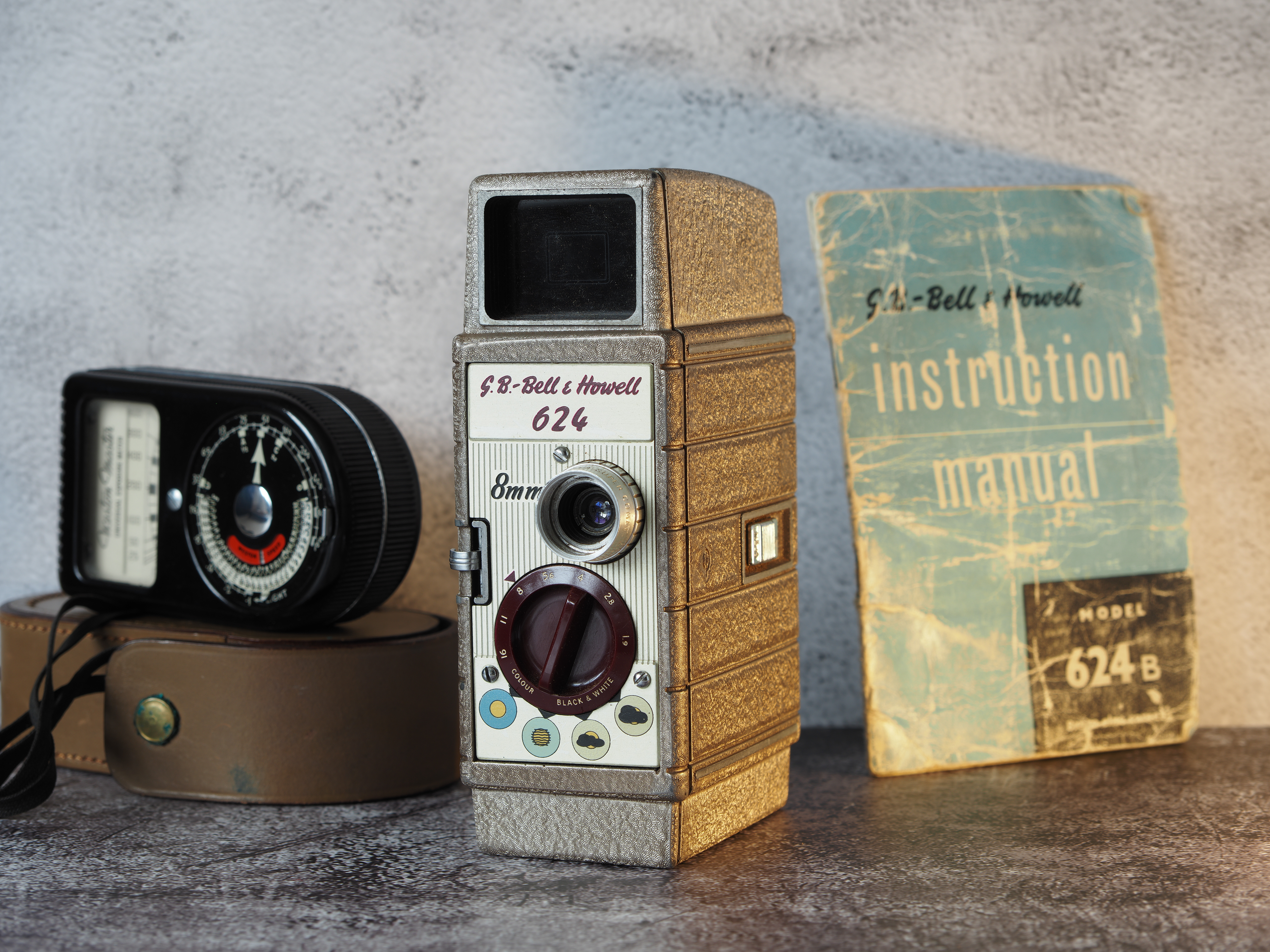
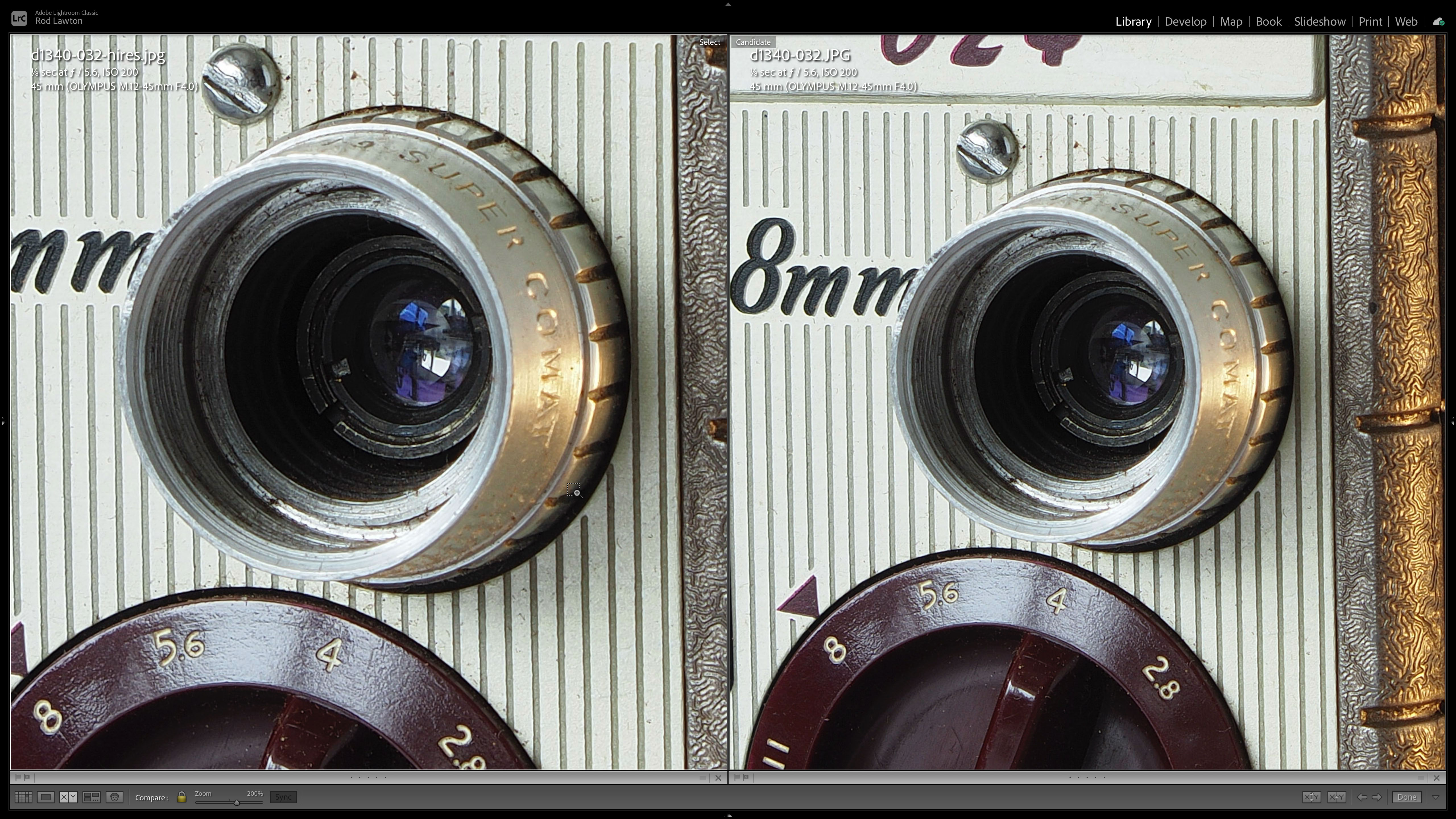
Fancy some night photography? Experts will insist you need the low noise of a full-frame sensor, but the OM-5 II does pretty well with a fast prime and its Starry Sky AF. While you’re at it, you can use the Live Bulb mode to see long exposures build on the screen in front of your eyes, or use the Live Composite mode to capture bonfires, fireworks or urban light trails, recording only ‘new light’ so that the image isn’t overexposed.
What about sports and wildlife? The OM-5 II is not a dedicated action camera, but it does pretty well, shooting at up to 10fps with AF and up to 30fps with focus locked on the first frame. It also has a Pro Capture mode, which offers a rolling buffer of 14 frames with the shutter button half pressed so you don’t miss the moment the action starts.
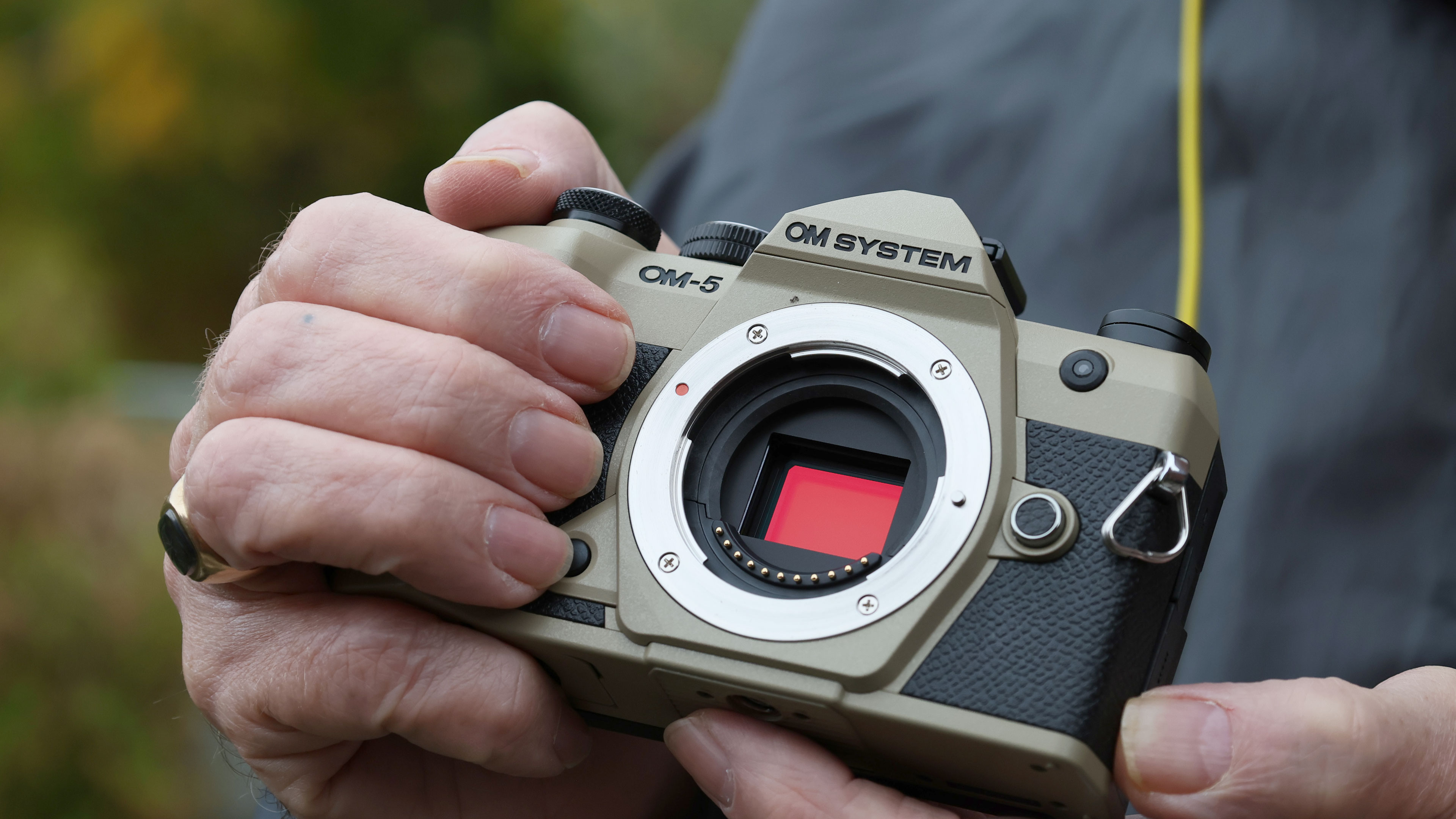
There are limits. The OM-5 II does not have the newer stacked sensor that's in the OM-3 and OM-1 II, and it uses an older 121-point AF system rather than OM Systems’ new subject-tracking quad-pixel AF. But at this price something’s got to give, and the OM-5 II’s AF is still quick and effective, and fine for everyday use.
Video isn’t a strong point either. The OM-5 II peaks at 4K 30p, and while it can do the slightly wider C4K format, that’s only at 24p. You do get Flat, OM-Log400, OM-Cinema1 and OM-Cinema2 profiles, but since this camera shoots only 8-bit video there’s a limit to how far you’ll want to push any color grading later.
Sign up for breaking news, reviews, opinion, top tech deals, and more.
There’s one more thing to mention: the OM Art Filters. Fujifilm fans make a huge fuss over Fujifilm Film simulations, but that’s nothing. From gritty black-and-white (with borders, if you like!) to super-saturated pop-art to HDR-like dramatic tone effects to vintage, bleach bypass and instant camera looks, OM System Art Filters are a fantastic playground for creative photographers. Yes, you can shoot a raw file at the same time as a backup – heck, you can even bracket Art Filter effects to get multiple alternatives for each image.

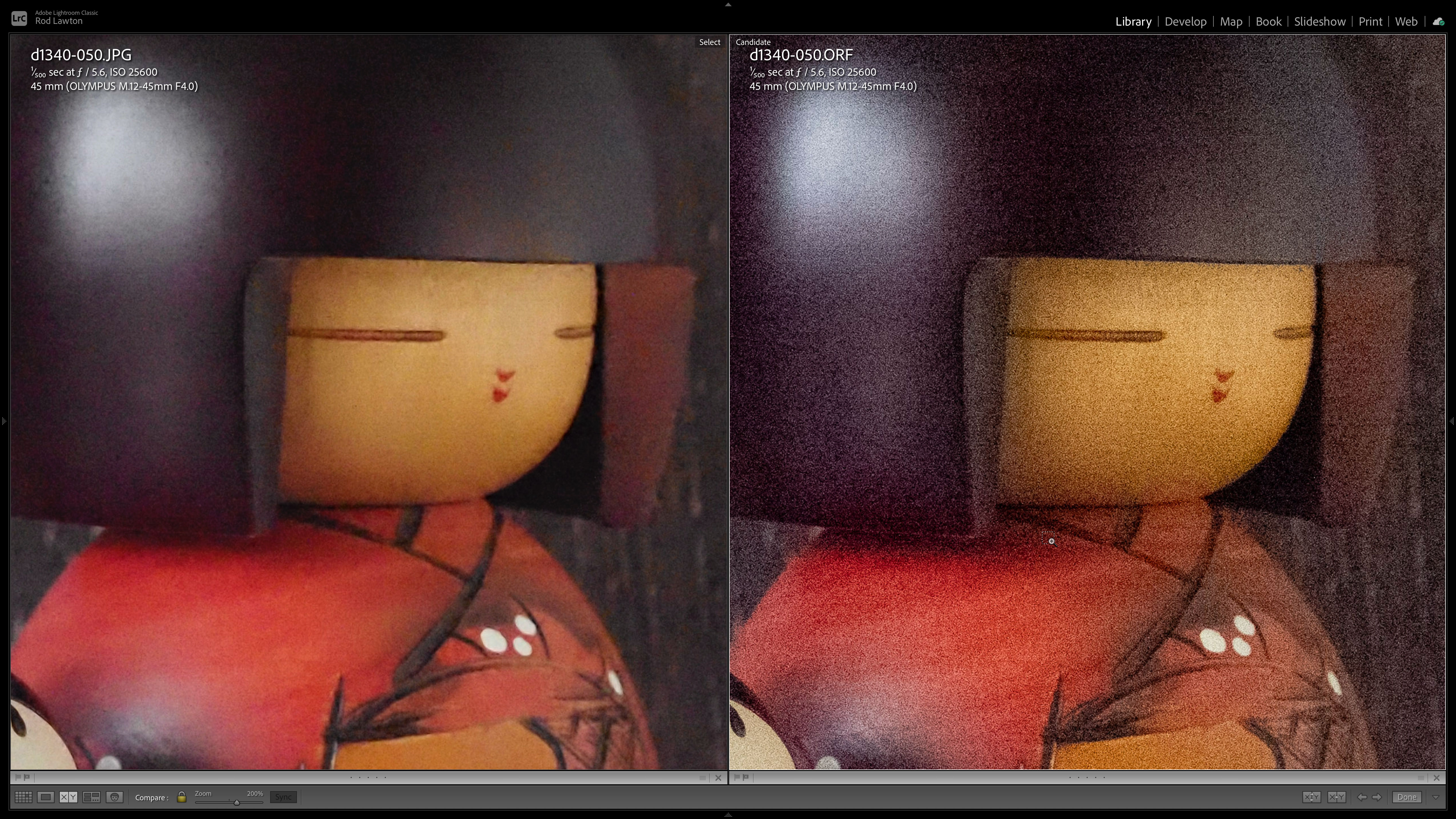
The OM-5 II does have limitations – of course it does. You’ll want to stay away from sky-high ISOs, its AF can’t match the latest AI subject-recognition tech in rival cameras, and its video features are basic.
And no, it’s not a huge advance on the old camera, the OM-5; but as I've said, it doesn't need to be. If you stand back and look at what this camera can do, at this price (unchanged from the Mark I version, by the way), it’s an absolute pocket rocket, even today. In my book, the OM-5 II is the best affordable travel camera going.
OM System OM-5 II: price
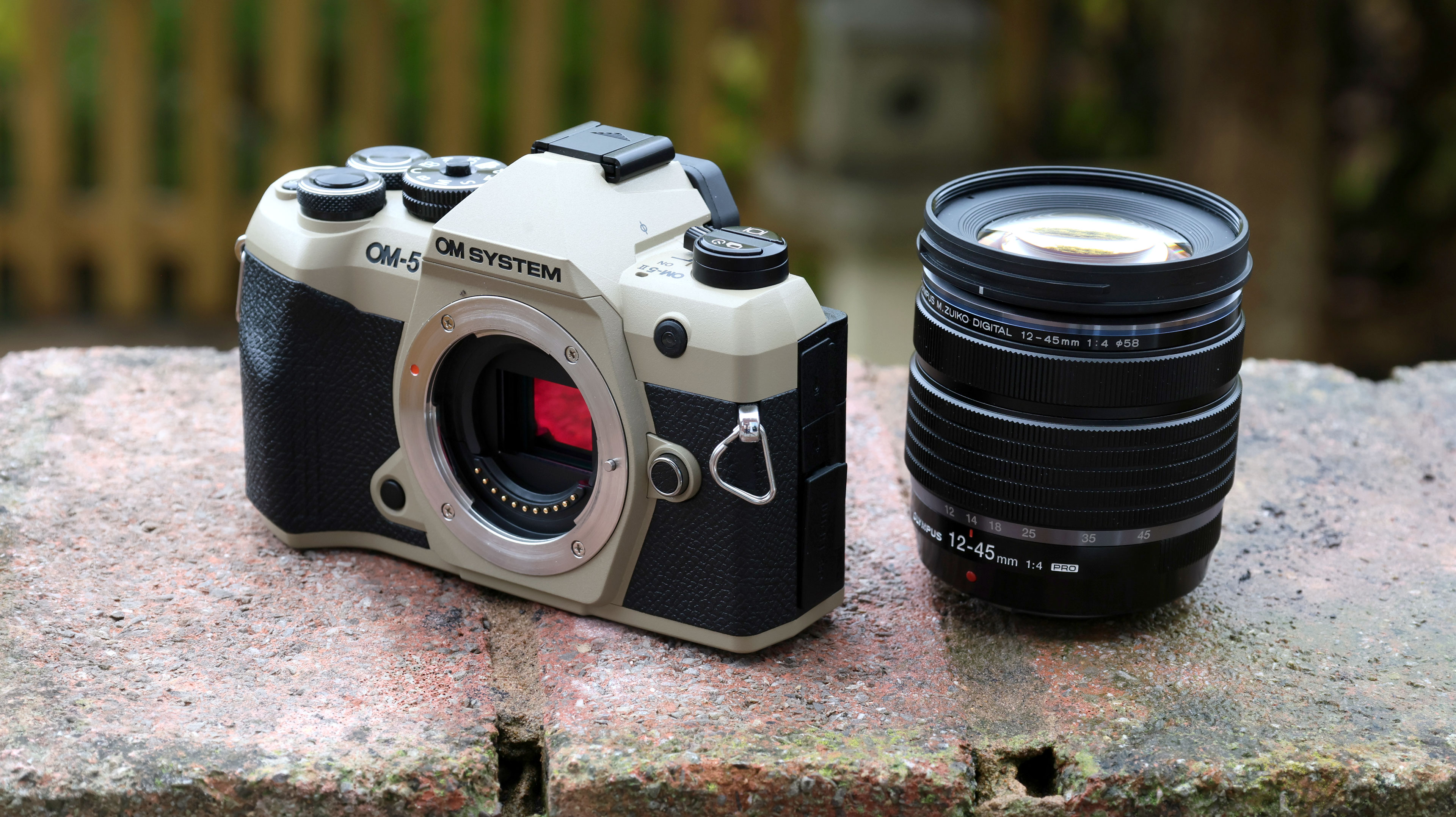
You can buy the OM-5 II for around $1,199 / £1,099 body-only or $1,599 / £1,499 with the 12-45mm f/4 kit lens. Don’t underestimate this lens; it’s small, portable and offers excellent image quality well beyond the typical kit lens. OM System calls it a Pro lens, and it is. And, like the OM-5 II, the camera is weather sealed. You can get cheaper ‘starter’ cameras than this, but none which approach the OM-5 II’s feature set.
OM System OM-5 II: specs
Sensor | 4/3-inch Live MOS sensor, 20.4MP |
Lens mount | Micro Four Thirds |
ISO range | 200-6,400 (64-25,600 exp) |
Autofocus | 121-point phase/contrast AF |
Burst shooting | 6fps mechanical with C-AF, 10fps electronic with C-AF, up to 30fps electronic with S-AF, Pro Capture mode with S-AF |
Video | C4K 24p, 4K UHD 30p, FHD up to 120p |
EVF | 2.36m-dot OLED |
Rear screen | 3-inch 1.037m-dot vari-angle touchscreen |
Storage | 1x SD UHS II |
Battery | BLS-50, 310 shots |
Size (body only) | 125.3 x 49.7 x 85.2mm, 418g |
OM System OM-5 II: design
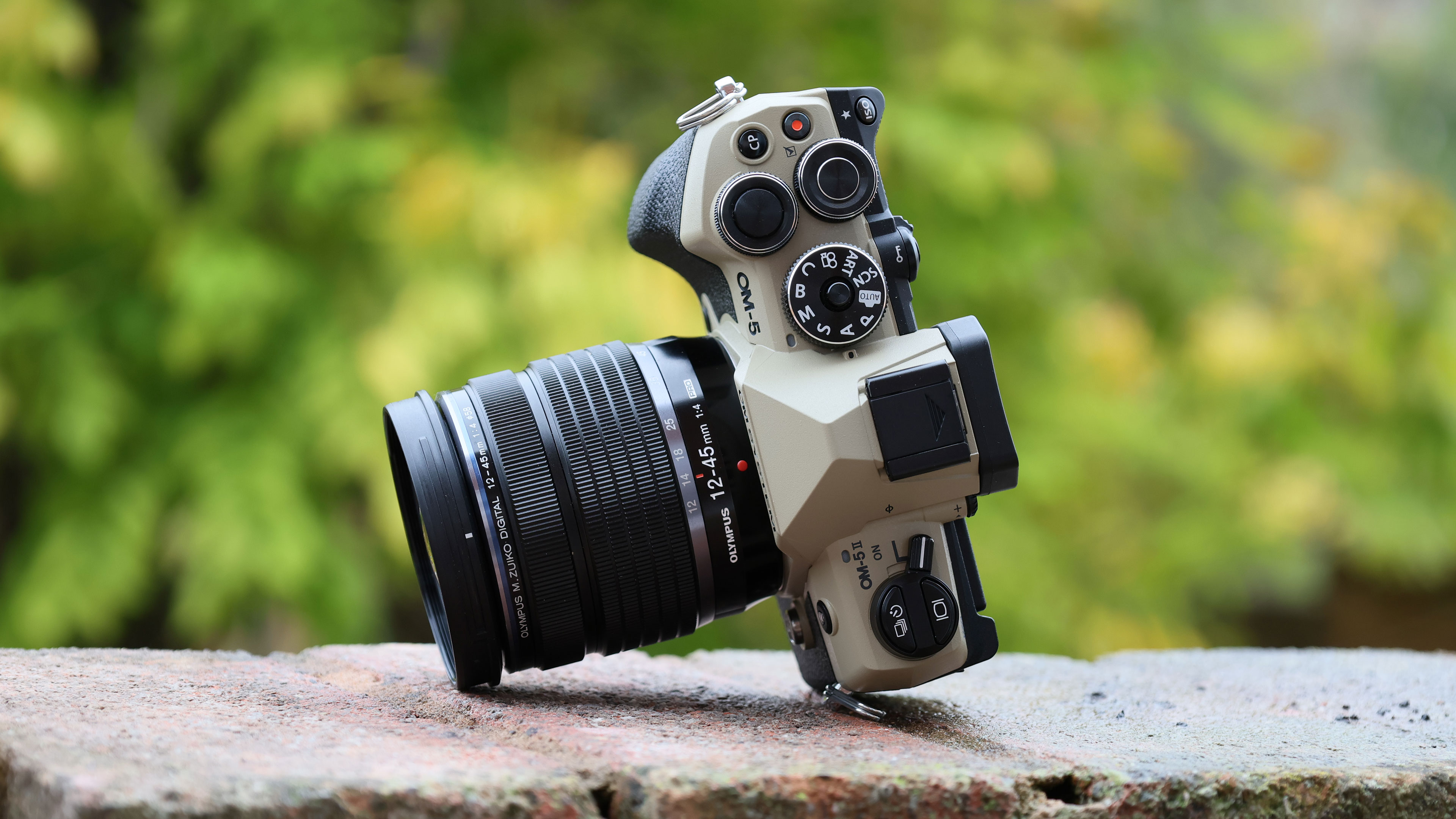
- Reshaped grip for better handling
- Excellent top-mounted twin control dials
- Weather sealed (as are OM Pro lenses)
The OM-5 II is a small camera with remarkably good ergonomics. The grip has been reshaped so it handles larger lenses better (just as well, because the old add-on grip no longer fits), and the top-mounted control dials are easy to reach with your thumb and forefinger and have a precise, quality feel with just the right amount of weight.
This also applies to the main mode dial, which has a central locking button to prevent accidental adjustments. The buttons are a little less impressive, and seem a bit on the small side for anyone with big hands, but they work fine, and they’re clearly labelled and well spaced. There’s a new CP (computational photography) button on the top to make it easier to access the camera’s clever computational features, though you still have to turn a dial to select the one you want.
I’ll admit the button placement here did annoy me. The CP button and the video Record button are just too close together, and too hard to tell apart by touch. Hitting CP instead of Record was endlessly annoying during my video tests.
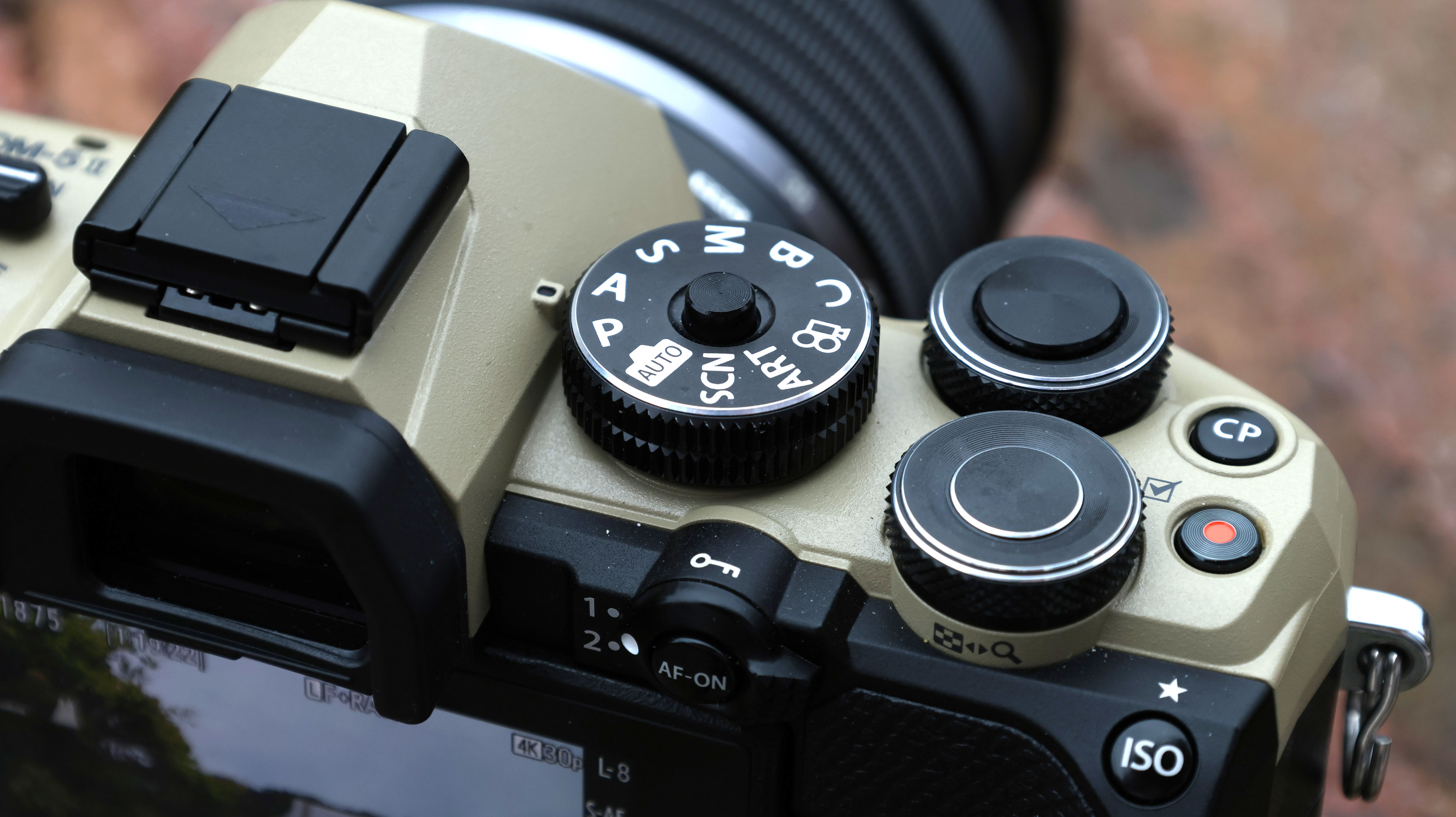
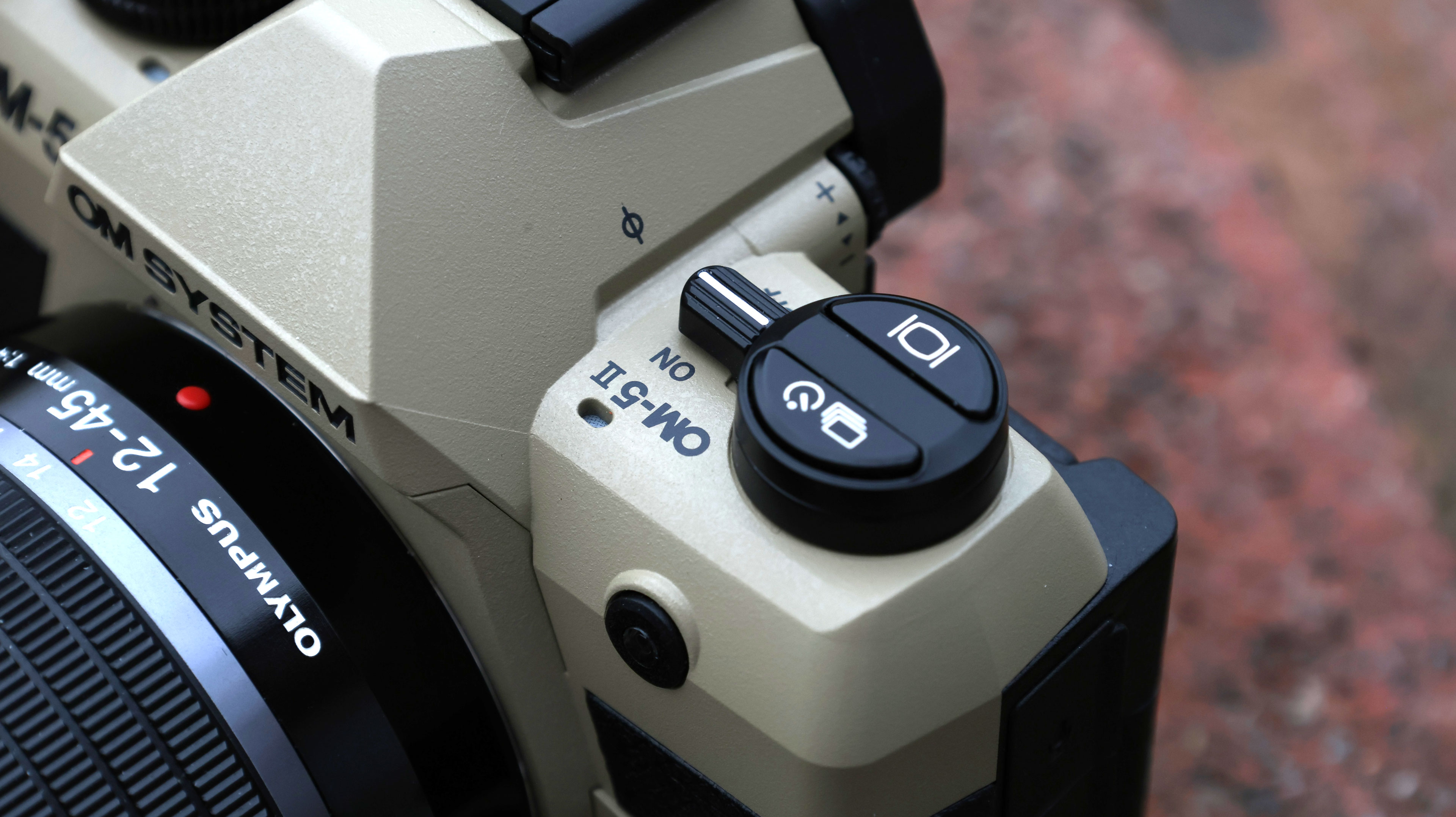
The ‘OK’ button on the back activates the camera’s ’Super Control Panel’ where you can make practically all of your day-to-day settings adjustments, and one of the key improvements in this camera over the old one is the redesigned menu system. That doesn’t sound like much of a thing, right? In fact, it transforms the experience of using this camera – if you’ve used the ‘old’ menus, you’ll know this was long overdue.
The EVF is not the highest-resolution, but it’s clear, contrasty and crisp, and it’s fine, especially at this price. The vari-angle rear screen is great too – and if you have the touch-shutter mode enabled, you can tap to focus and shoot in a single action and the response is practically instantanous.
For its size, this is an exceptionally well designed camera. Yes, if you’re new to it you will have to learn where things are, as with any camera. But once you’re past that phase you’ll find this camera fast and intuitive to operate, with fewer button presses and less lag than many of its rivals. What the OM-5 II lacks in state of the art specs, it makes up for as a pure shooting tool.
OM System OM-5 II: performance
- Only 121 AF points, but fast
- Excellent detail
- ISO best kept to 6,400 or below

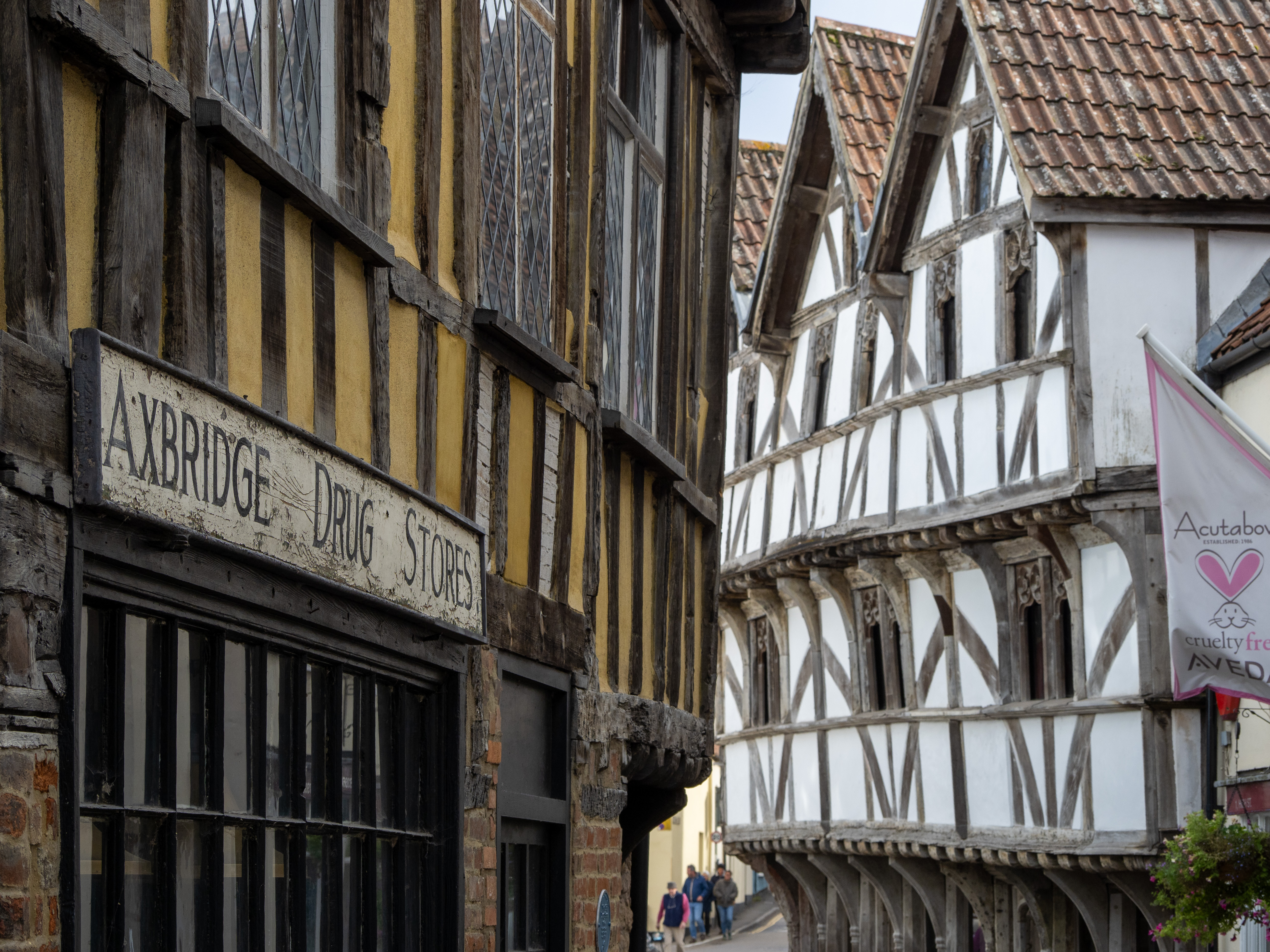
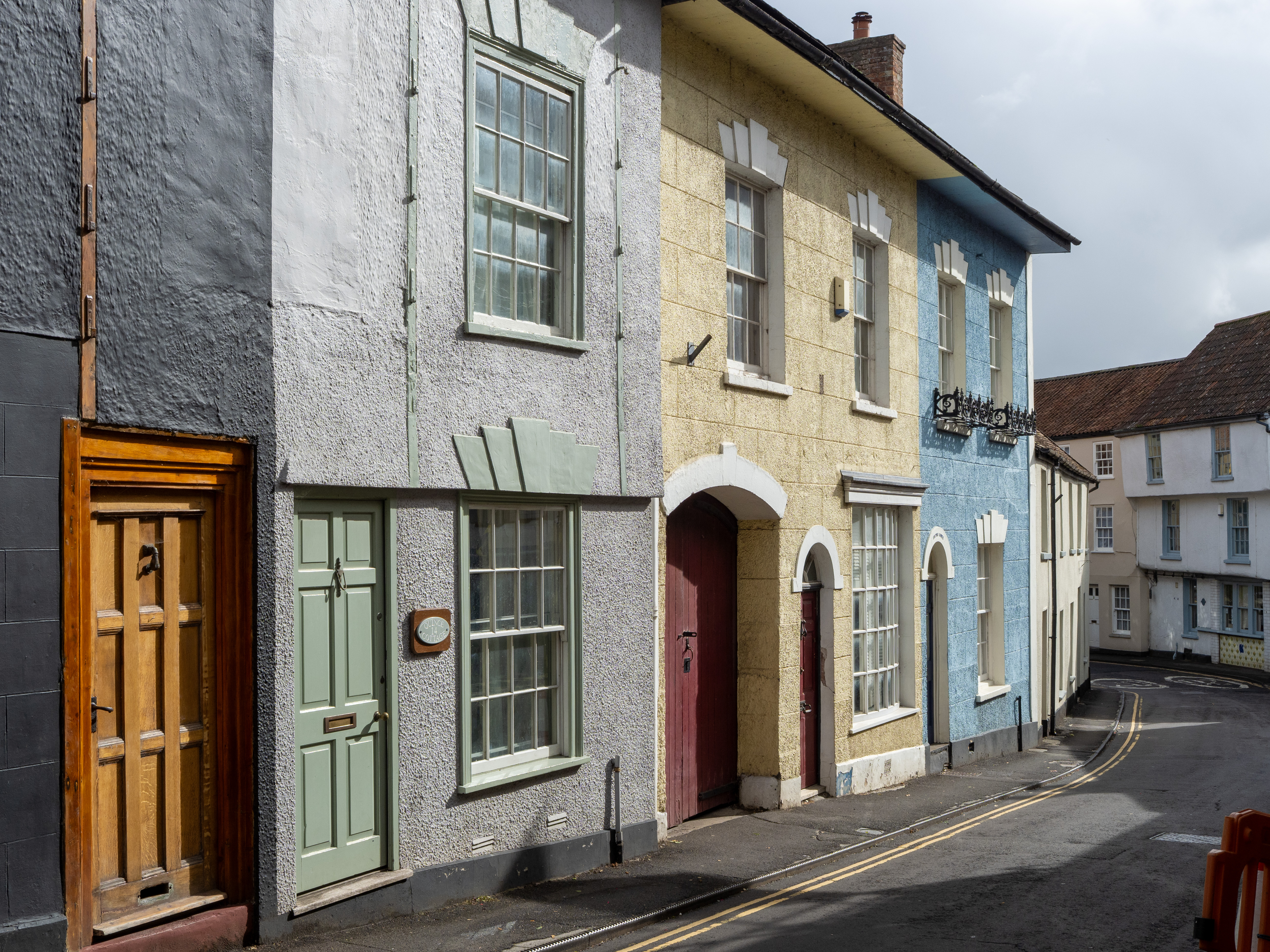
The OM-5 II is an extremely responsive camera. It starts up fast, it switches between the EVF and the rear screen in a fraction of a second as you move your eye to and from the viewfinder, and the autofocus is extremely fast too, especially using the tap shutter option on the rear screen. The only respect in which the AF system is starting to show its age is the relatively modest 121 AF points on offer, and the fact that the individual AF boxes/targets are fairly large, though you can swap to a more precise Single-S (small) option.
Detail rendition is excellent with OM Pro lenses like the 12-45mm f/4 pro and OM primes like the 17mm f/1.8, 25mm f/1.8 and (especially) the 45mm f/1.8. All optical corrections are carried out in-camera, applied automatically, and embedded in the raw files as ‘manufacturer’ correction profiles. Dynamic range is really good too, though you can’t drag up really deep shadows more than 2-3EV before they start to get a little noisy – this is where a larger-sensor camera will often do a little better (though not always).
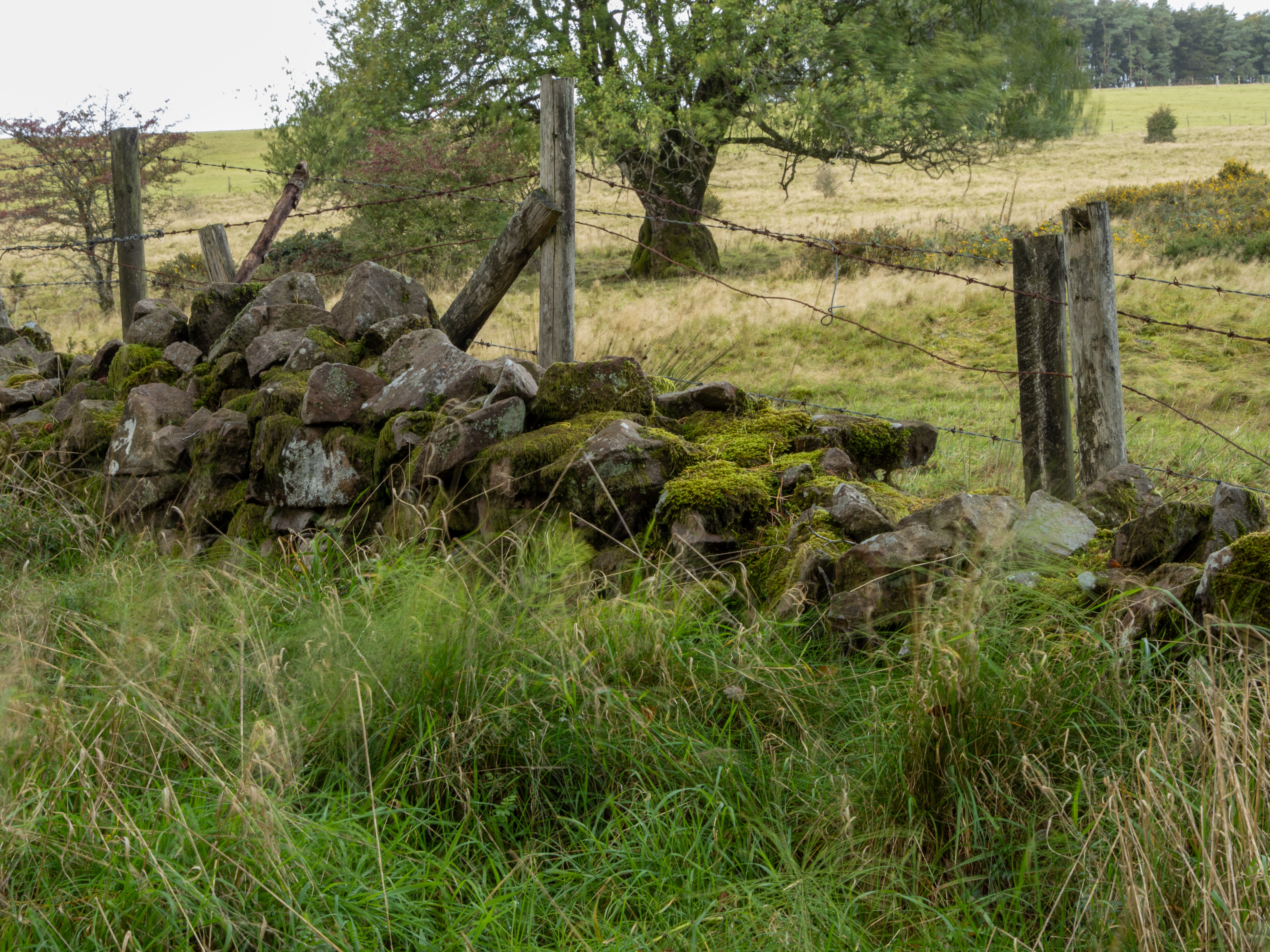
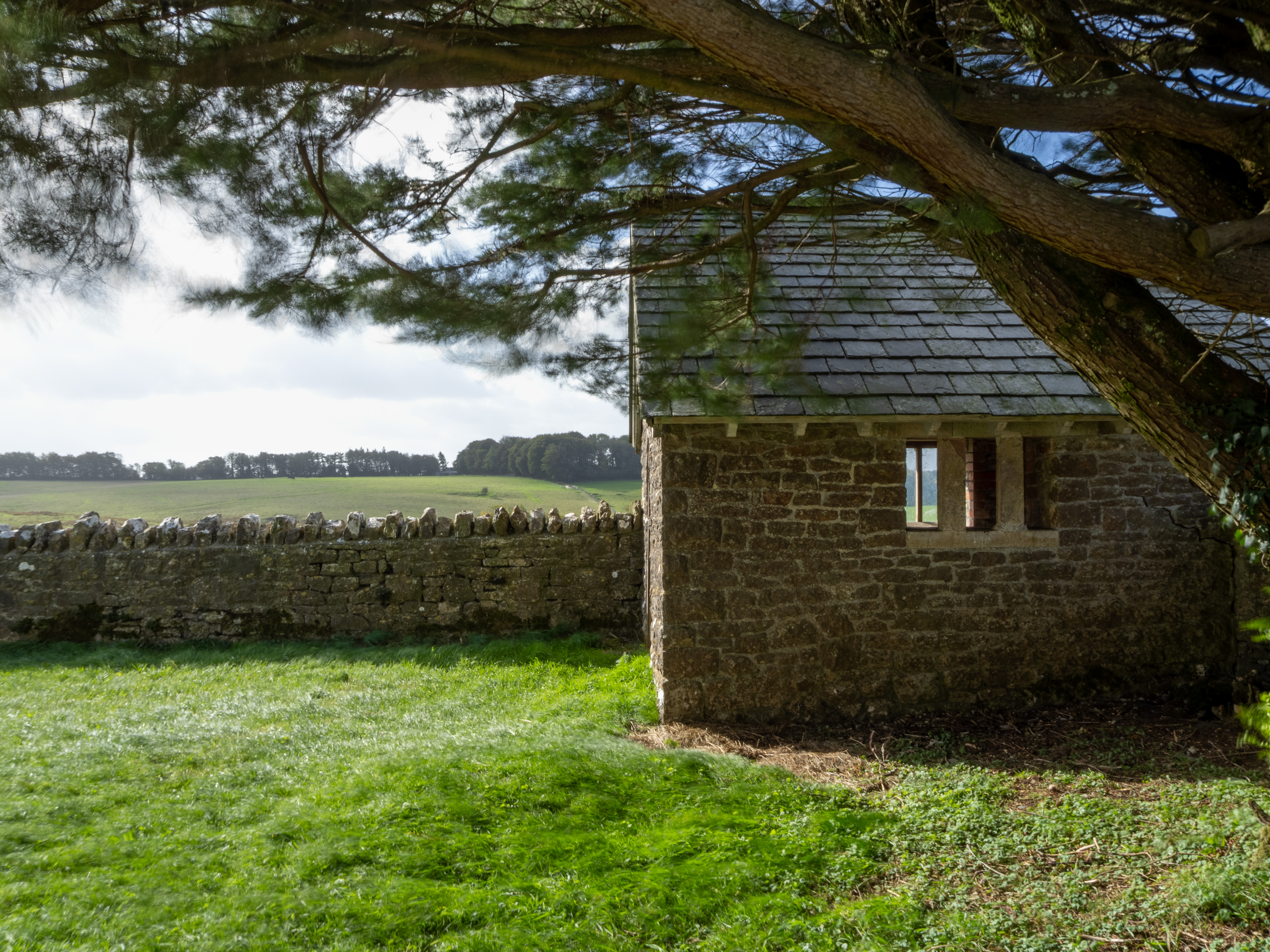
This was taken handheld with the Computational Photography 4-stop ND option to slow the shutter speed right down to 1/2 sec. I'm not quite convinced by the movement in the leaves and the grass, but it's great if you don't like carrying filters
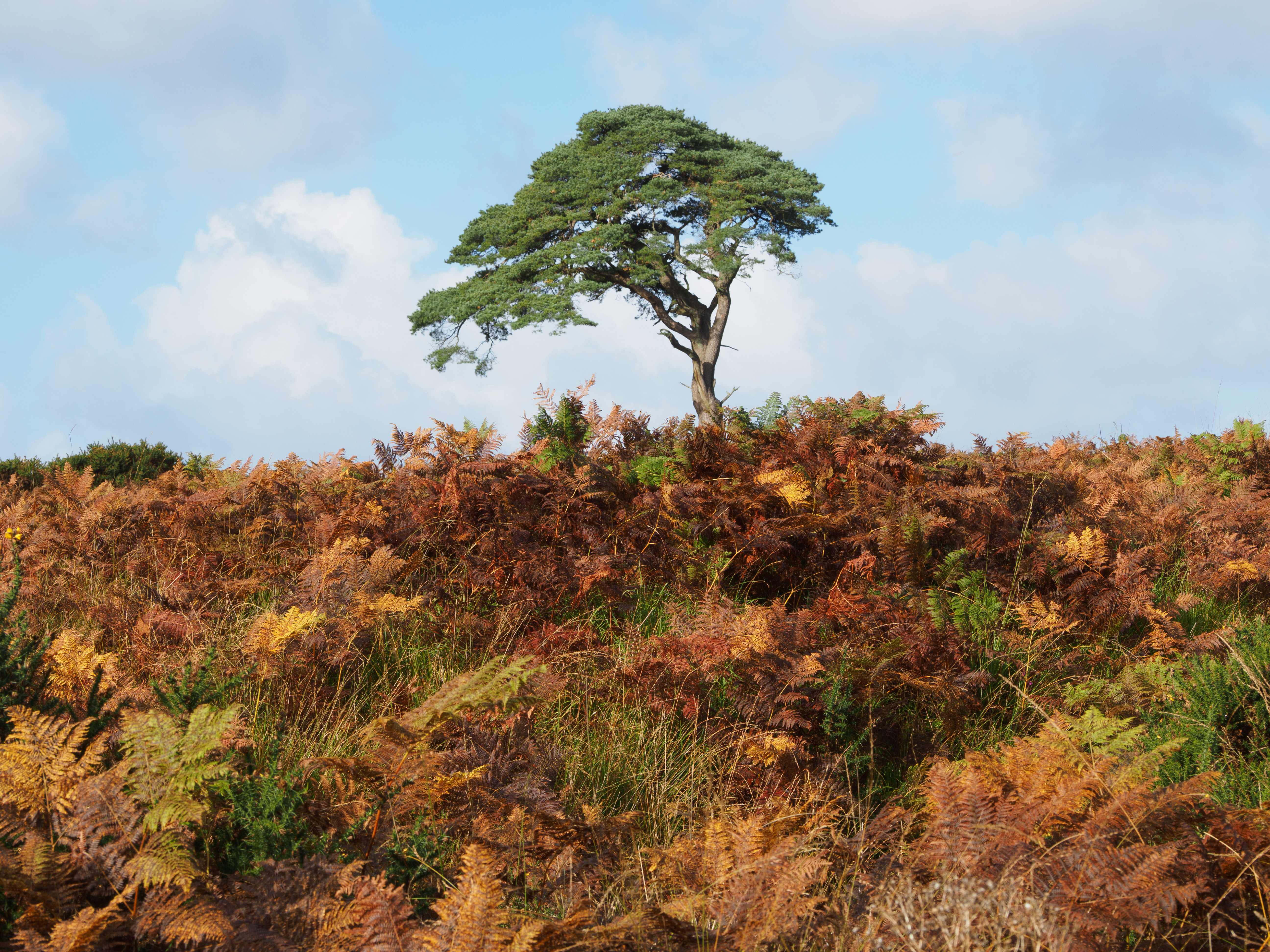
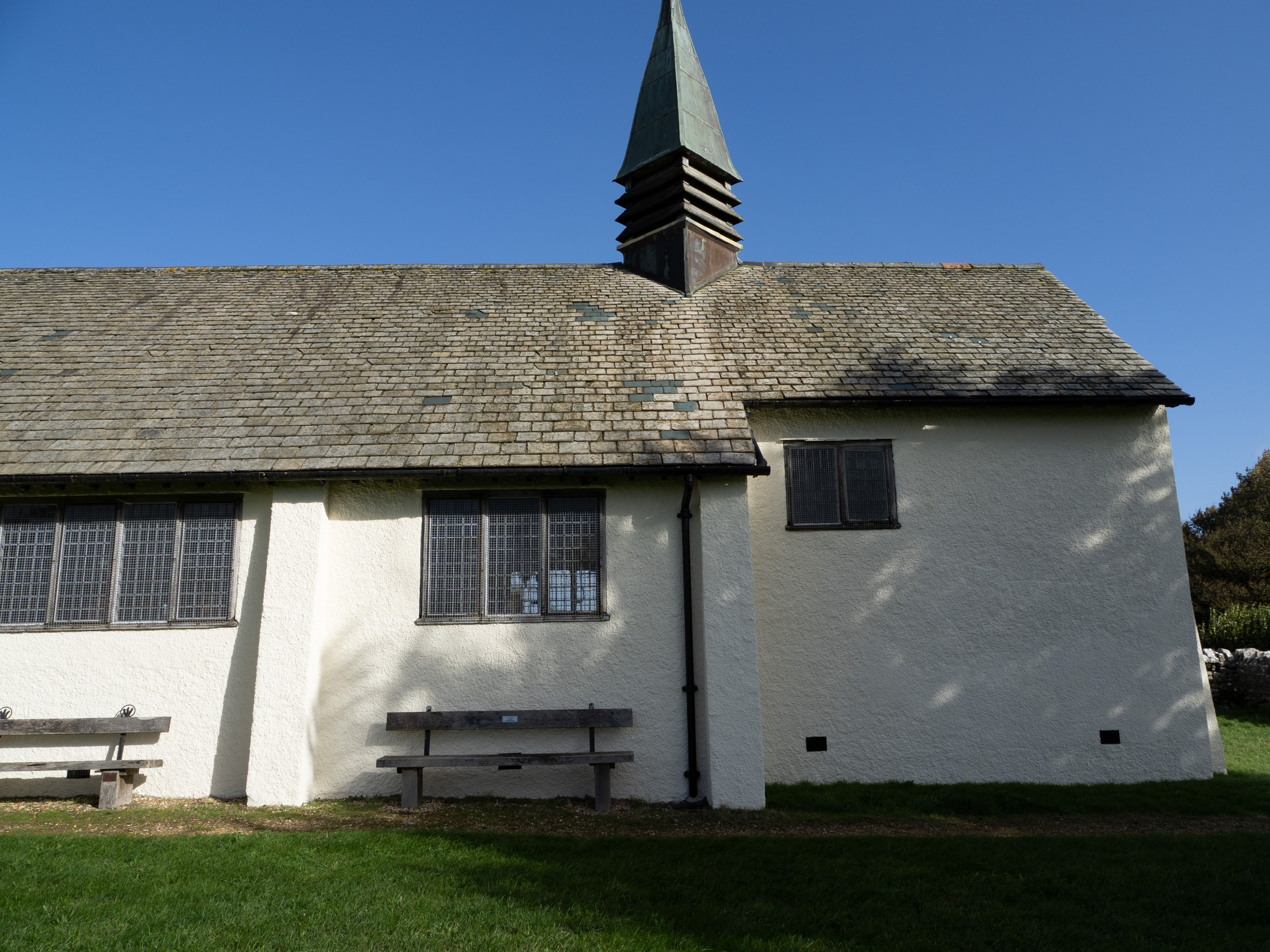
The maximum standard sensitivity on this camera is ISO 6,400, but it does offer an expanded ISO range up to 25,600 – personally I’d stick at ISO 6,400. At this setting the OM-5 II still produces very good results, though if you shoot raw files and use Adobe Camera Raw/Lightroom you might see a little more noise than you bargained for. That’s Adobe’s raw engine, not the camera. Of course, these days you can get some terrific AI noise reduction tools – I’ve used them on OM camera raw files and the high-ISO image quality is transformed.
As for video, check out the sample below. The conditions were pretty wild, but the OM-5 II did a great job under the circumstances
If you do use the OM-5 II for video you’ll get decent results. It won’t track you as effectively as some other hybrid cameras as you move around the frame, but if you keep reasonably still you should be fine. The OM-5 II is not designed for video in the same way that many hybrid mirrorless cameras are, but if you typically use video straight from the camera without any fancy grading effects, it’s fine, especially for social media use.
Should you buy the OM System OM-5 II?
Buy it if…
You need a go-anywhere camera
The OM-5 II is a rugged, affordable travel camera that can tackle just about anything, from landscapes to travel to night photography
You're fine with 20MP
Most full-frame alternatives are only 24MP anyway. 20MP is fine for even larger wall art, and for online/social use you'll be downsizing your images anyway.
You don't want a cotton-wool camera
You don't need to baby the OM-5 II. It will shrug off rain and sea spray, it won't care about dust, and it's inexpensive enough not to make you anxious about it.
Don't buy it if...
Your main interest is sports and wildlife
The OM-5 II's burst mode is nippy enough for casual shooting, but for any serious work you should look for a camera with subject-tracking AF and faster burst speeds.
You're a serious/pro filmmaker
The OM-5 II shoots decent 4K video with excellent stabilization, but you have to drop to full HD for faster frame rates, and its 8-bit video is not ideal for heavy color grading later.
You already have an OM-5!
The updates in the Mark II version are useful but probably not enough to make you swap. The OM-5 II is probably aimed more at new users rather than OM-5 upgraders.
How I tested the OM System OM-5 II
- I tested the camera for two weeks
- I used it with OM System's 12-45mm f/4 kit lens
- I shot both stills and video in a variety of conditions
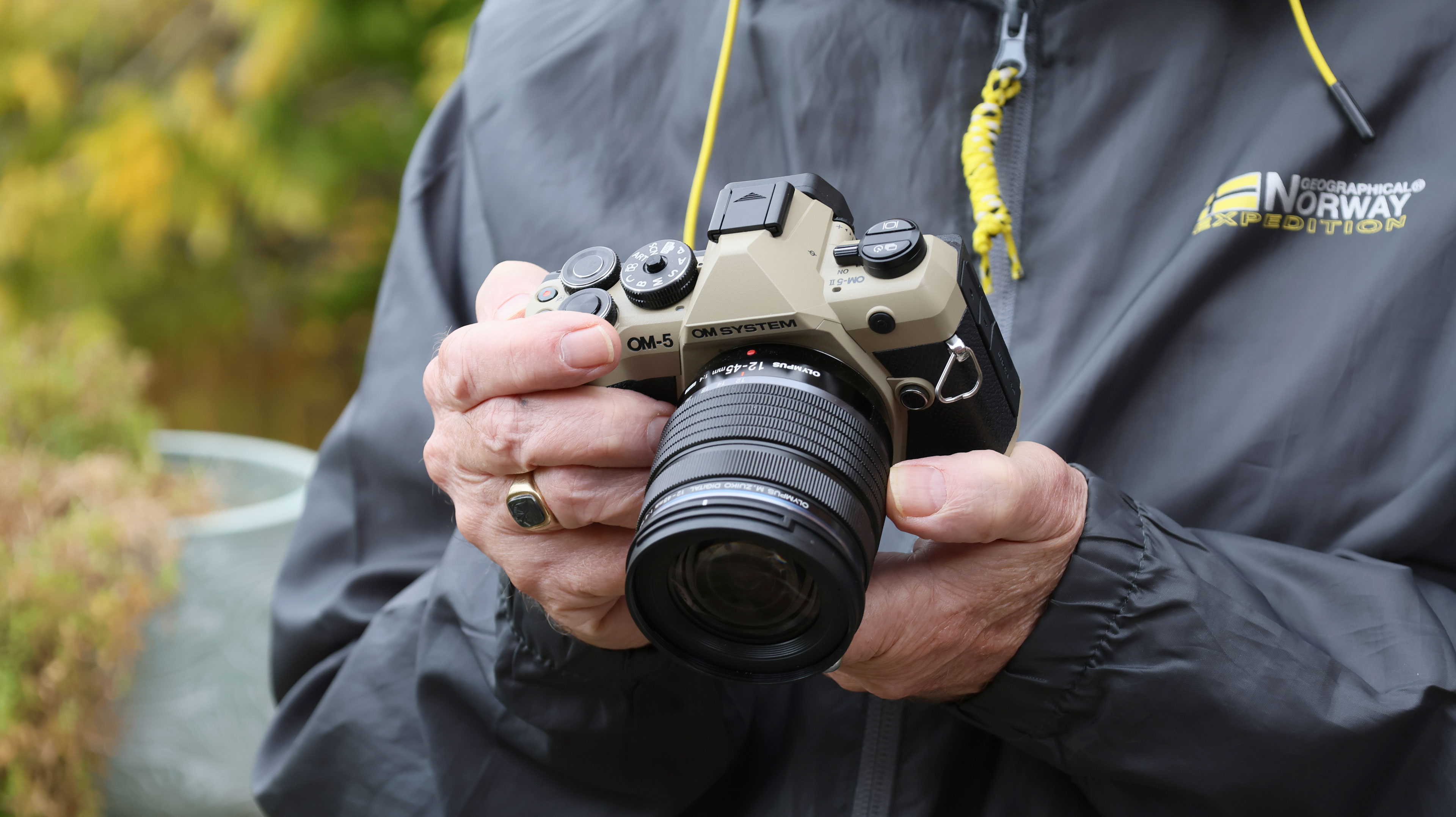
I’ve owned several Olympus and OM System cameras in the past, so I’m very familiar with their strengths and weaknesses and exactly what they're capable of. I spent some time with the OM-5 Mark II, comparing its improved handling and menu system with the original OM-5 which I've also reviewed, and also with the E-M5 III before that.
I used the OM-5 II and its 12-45mm f/4 kit lens for a variety of projects including landscapes, street/travel shots, and video in wet and wild weather conditions. I wanted to compare the detail rendition with my full-frame cameras, the image quality at higher ISOs, and the effectiveness of the IBIS in order to explore the compromises and advantages of this smaller format.
- First tested: October 2025
- Read more about how we test

Rod is an independent photographer and photography journalist with more than 30 years' experience. He's previously worked as Head of Testing for Future’s photography magazines, including Digital Camera, N-Photo, PhotoPlus, Professional Photography, Photography Week and Practical Photoshop, and as Reviews Editor on Digital Camera World.
You must confirm your public display name before commenting
Please logout and then login again, you will then be prompted to enter your display name.
